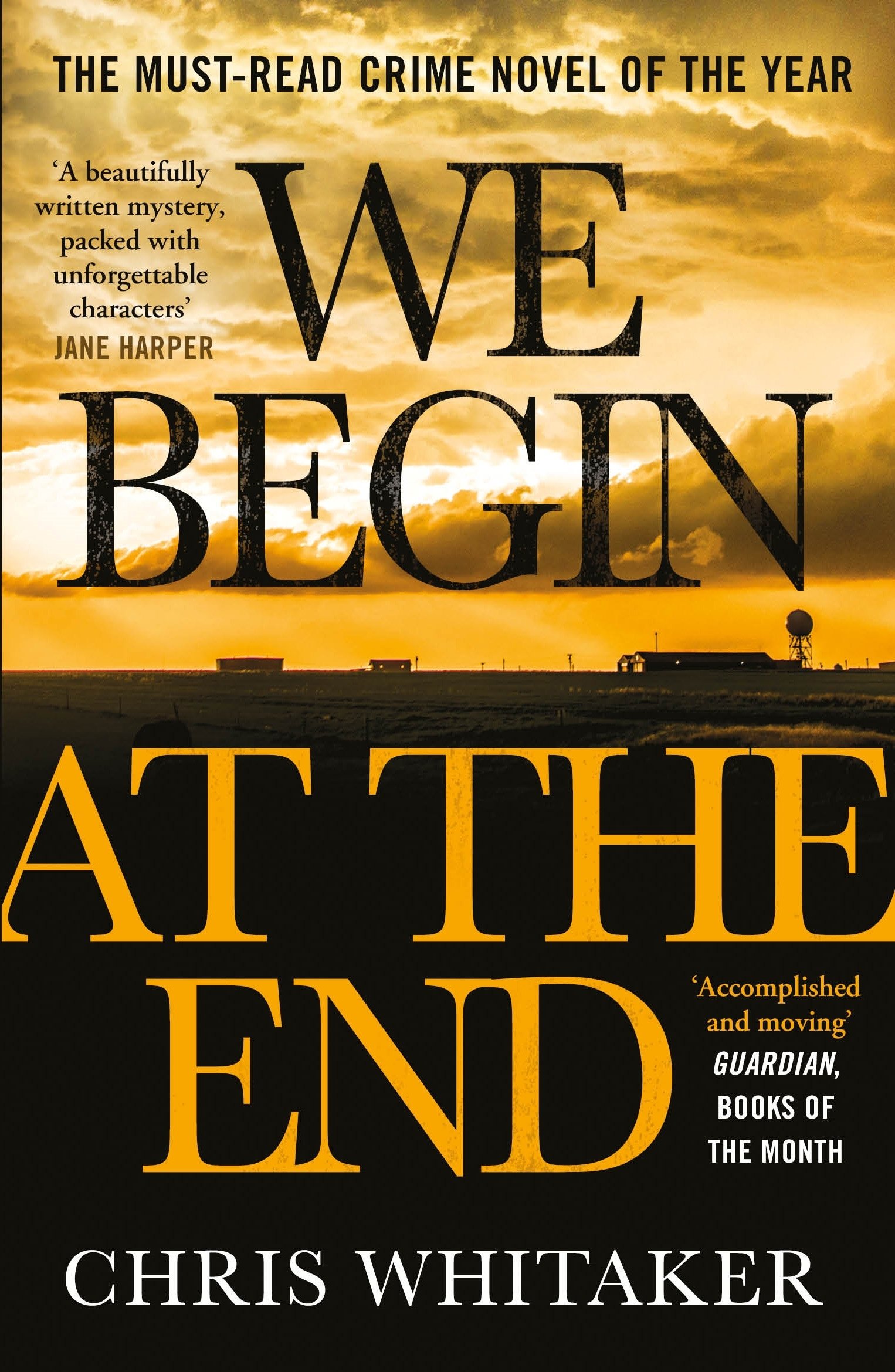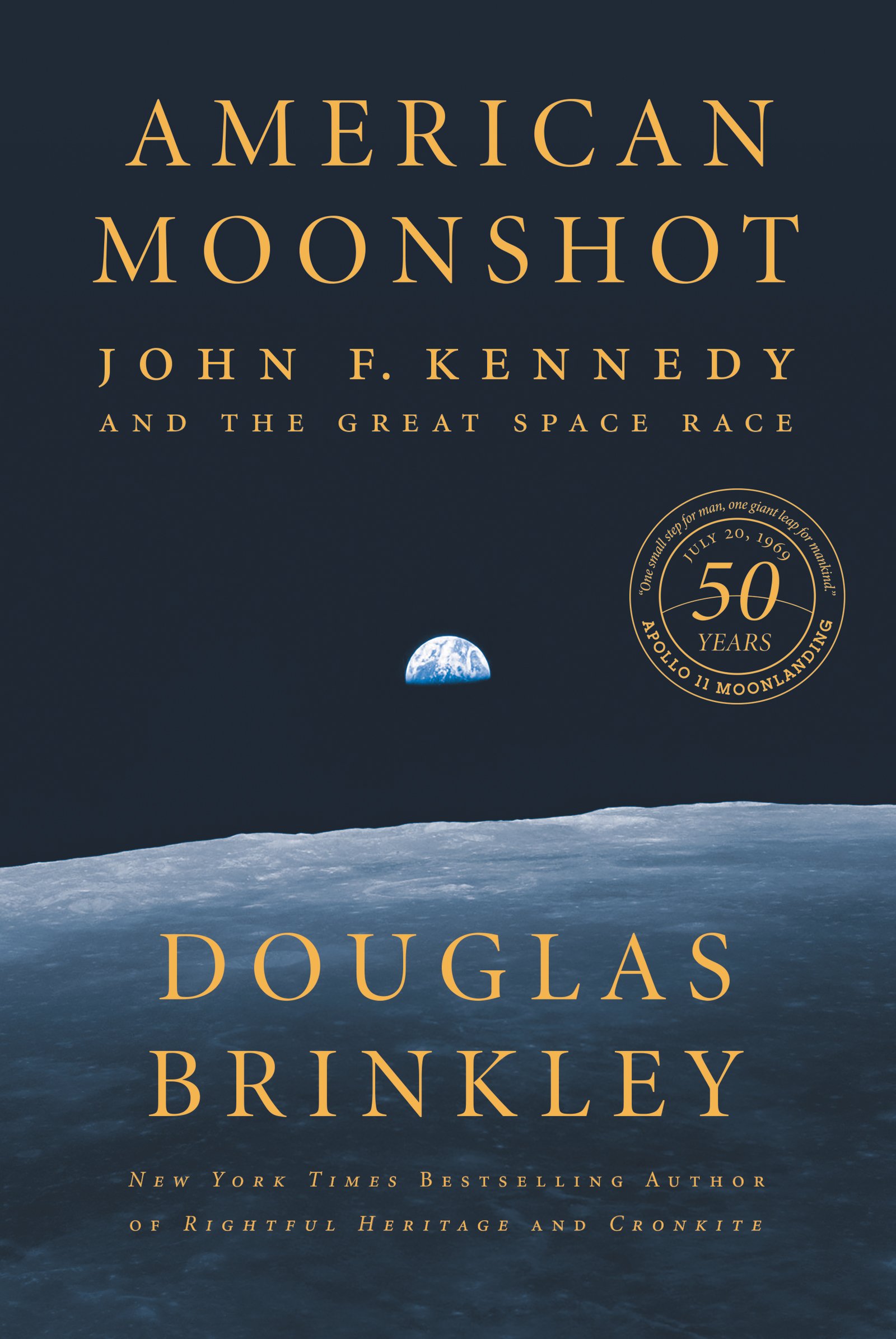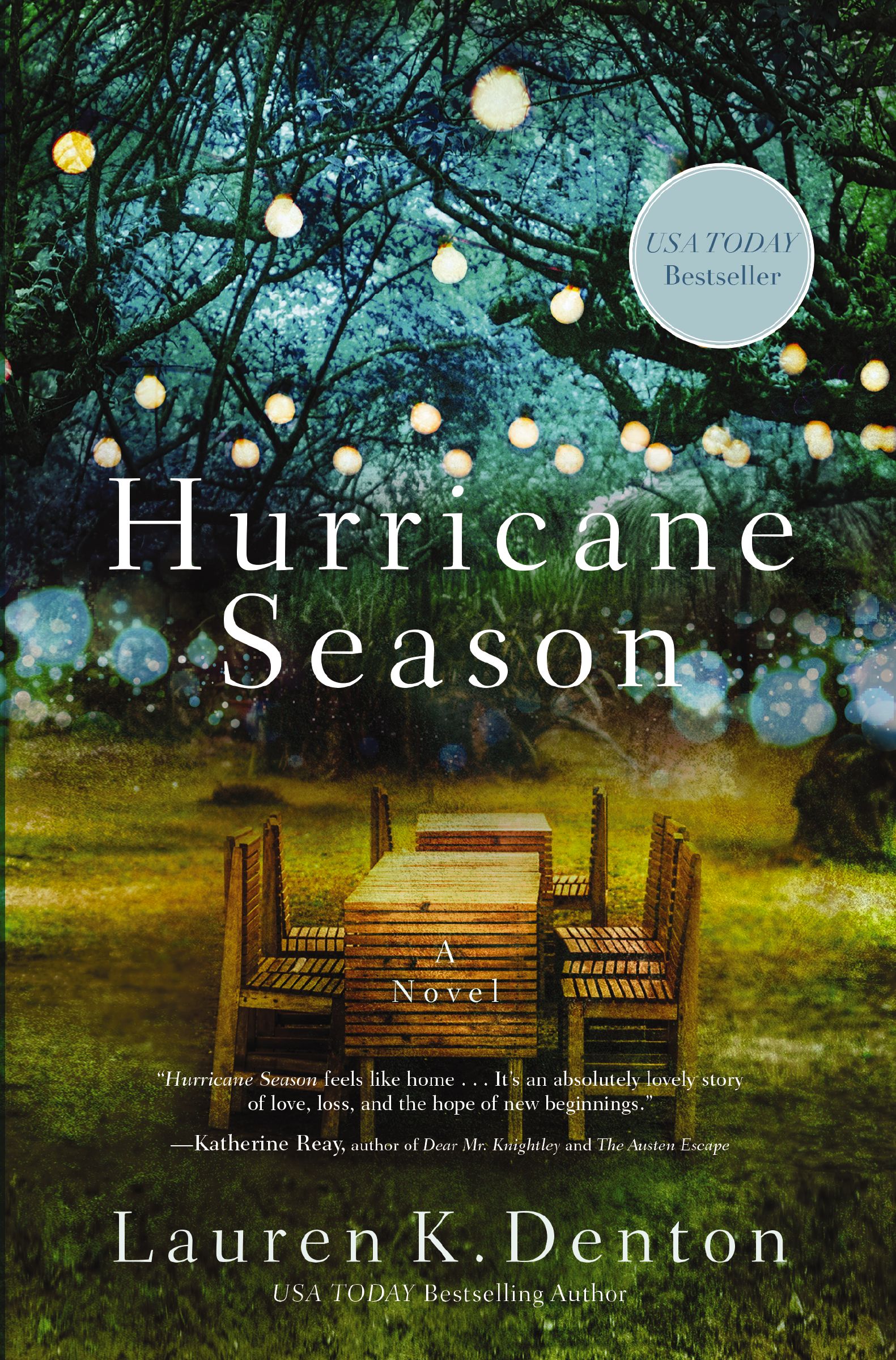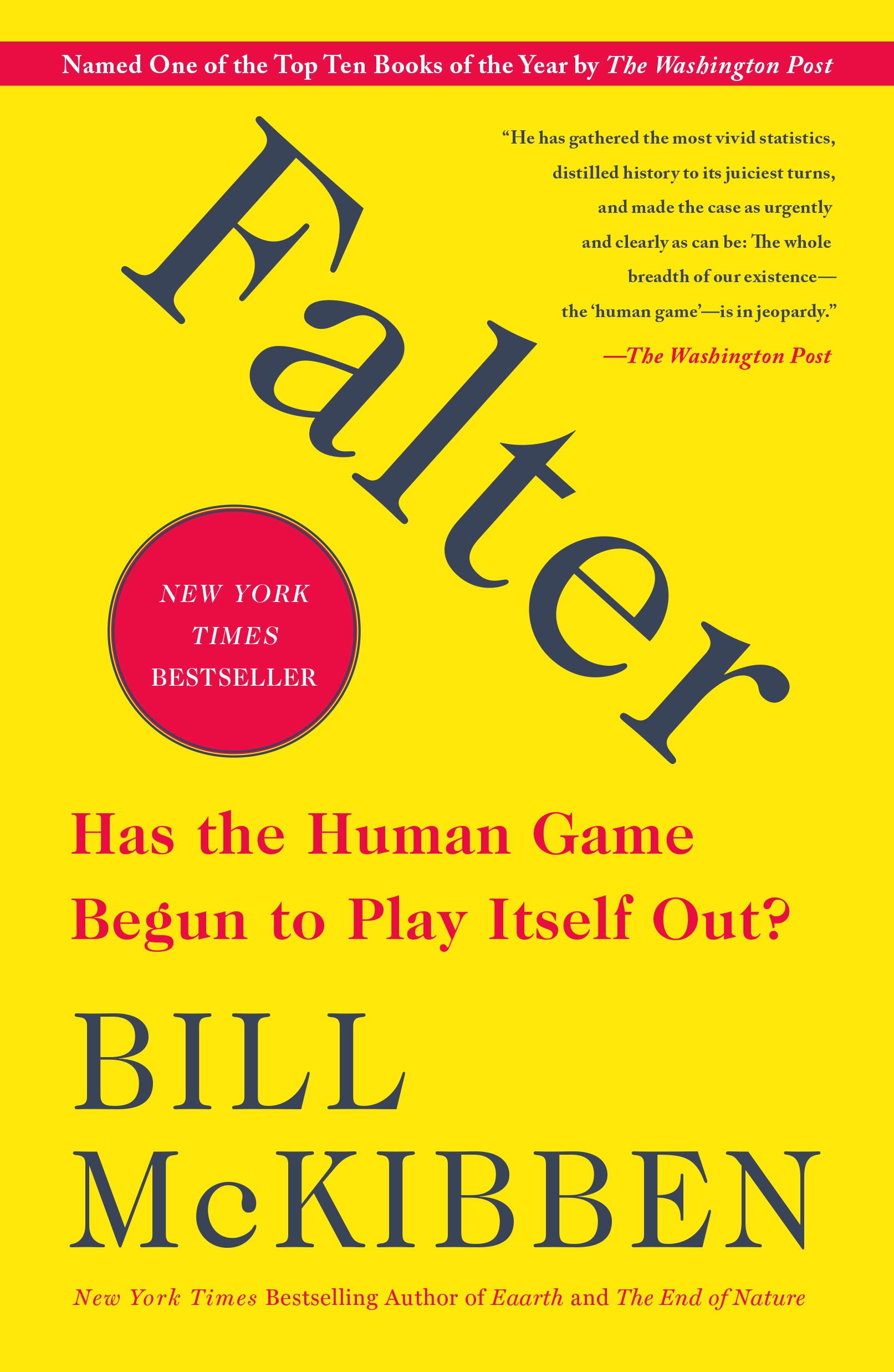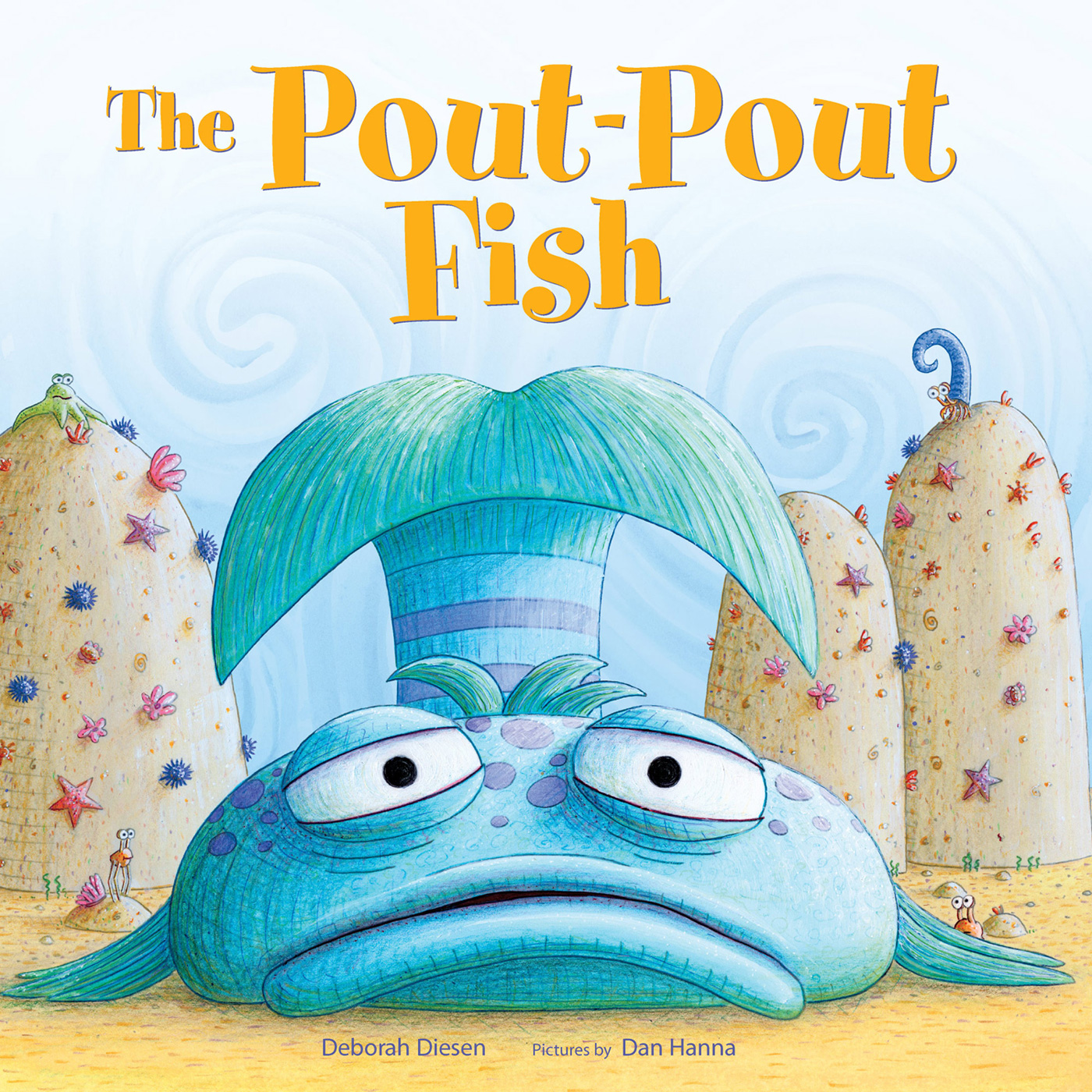Gothic Death 1740-1914: A Literary History
by Andrew Smith
2021-01-31 23:21:50
Gothic Death 1740-1914: A Literary History
by Andrew Smith
2021-01-31 23:21:50
Gothic death 1740-1914 explores the representations of death and dying in Gothic narratives published between the mid-eighteenth century and the beginning of the First World War. The book investigates how eighteenth century Graveyard Poetry and the t...
Read more
Gothic death 1740-1914 explores the representations of death and dying in Gothic narratives published between the mid-eighteenth century and the beginning of the First World War. The book investigates how eighteenth century Graveyard Poetry and the tradition of the elegy produced a version ofdeath that underpinned ideas about empathy and models of textual composition. Later accounts of melancholy, as in the work of Ann Radcliffe and Mary Shelley, emphasise the literary construction of death. The shift from writing death to interpreting the signs of death is explored in relation to thework of Poe, Emily Bronte and George Eliot. A chapter on Dickens examines the significance of graves and capital punishment during the period. A chapter on Haggard, Stoker and Wilde explores conjunctions between love and death and a final chapter on Machen and Stoker explores how scientific ideas ofthe period help to contextualise a specifically fin de siecle model of death.This book will be of interest to academics and students working on literature on the Gothic and more generally on the literary culture of the period.
Less

